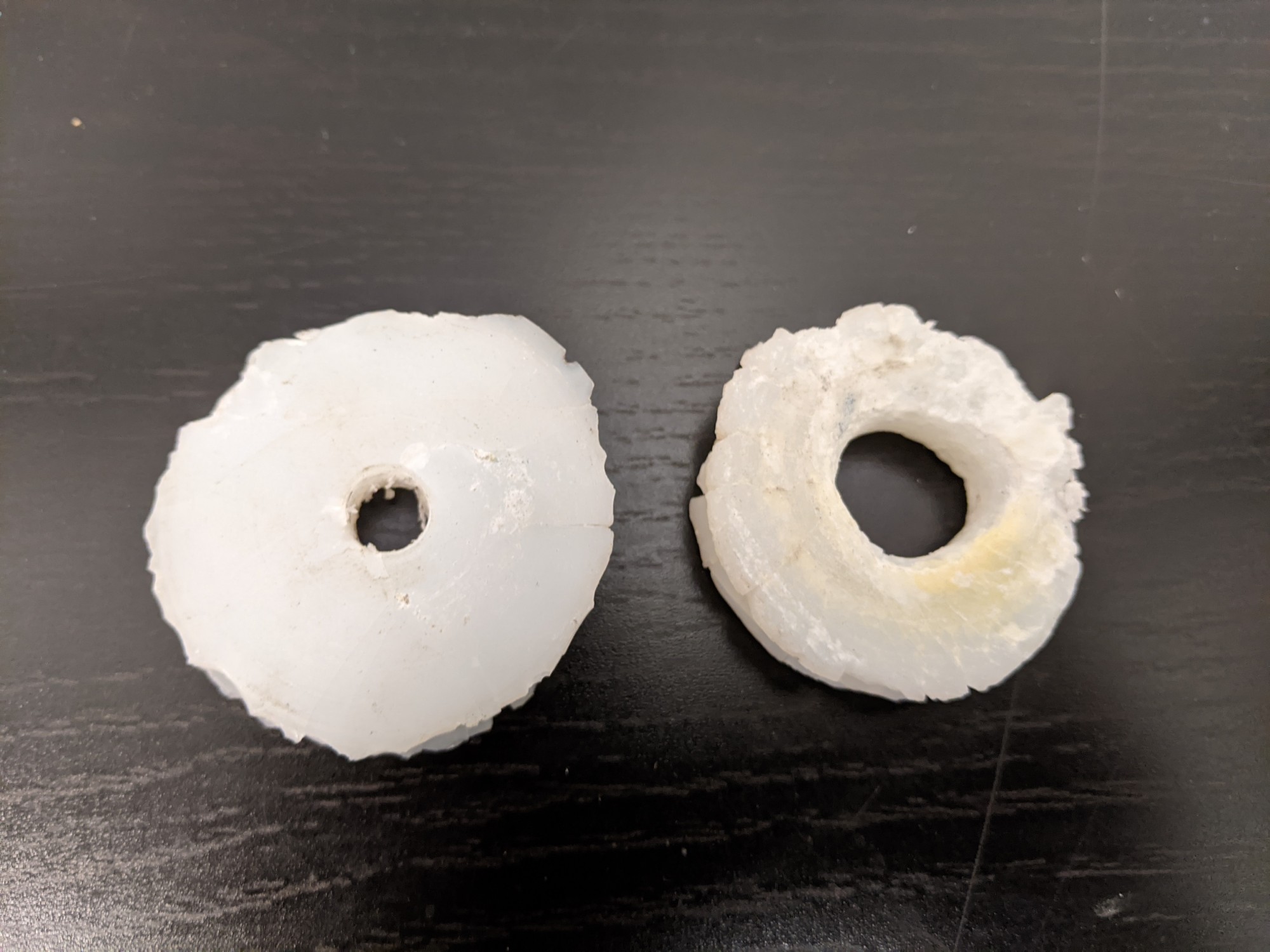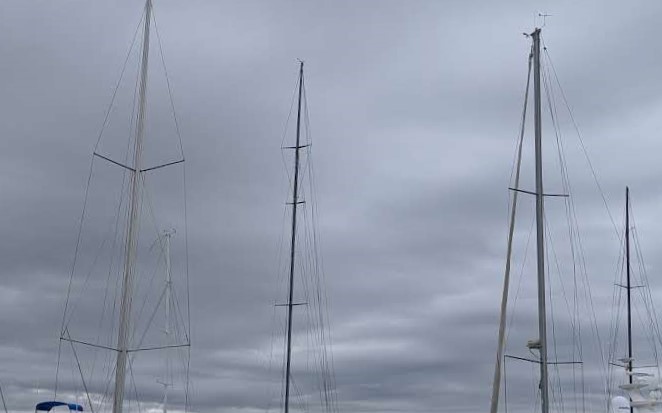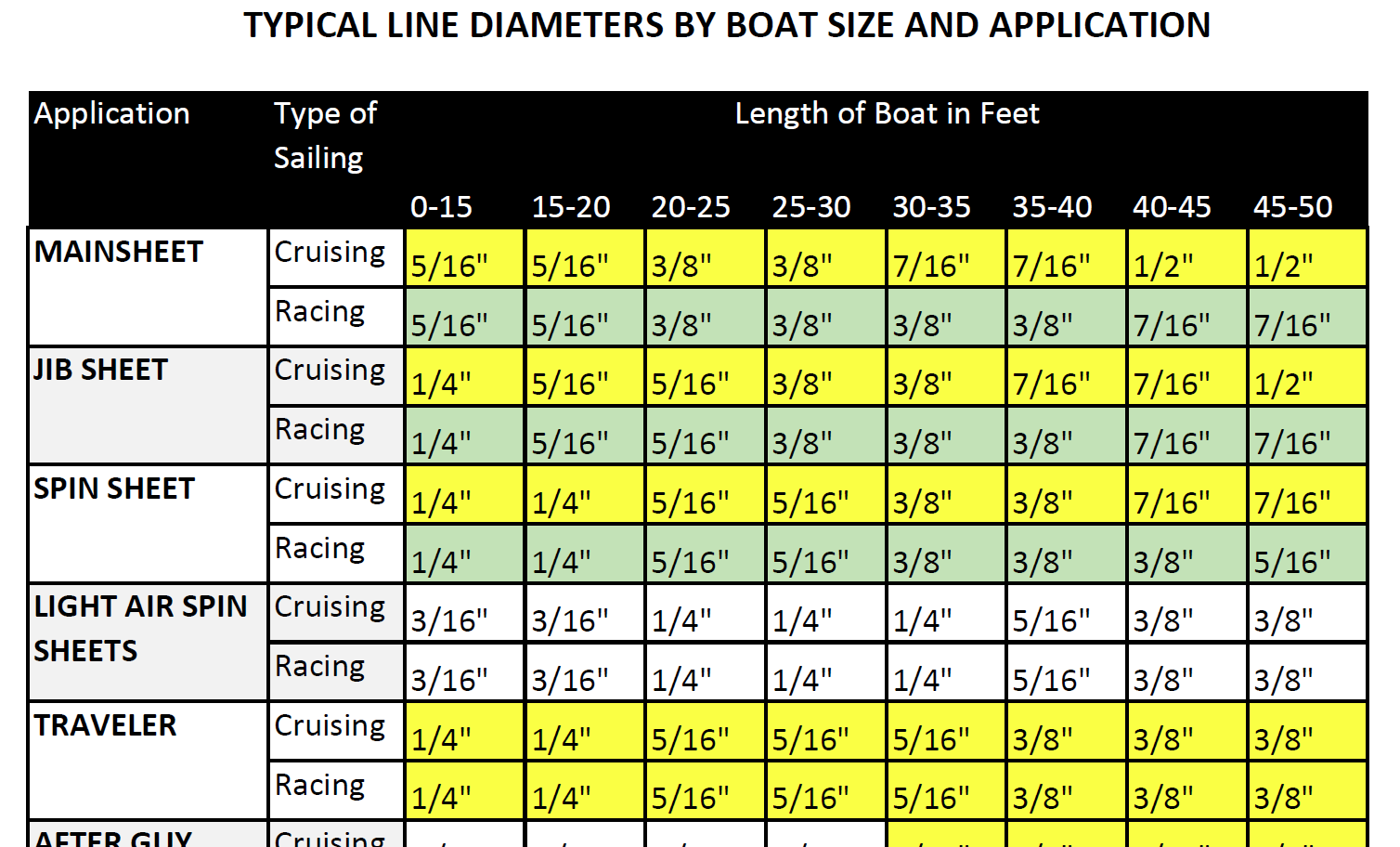Question: What should we look for when selecting a halyard?
From the Rigger: The Anatomy of a Halyard…
In its simplest form a halyard is just a length of line that runs from the deck, up the mast head and back down to a point where it attaches to the head of the sail for hoisting. Over the years different splices and techniques have been developed to make halyards stronger, lighter, easier to use, and more resilient. For over 20 years Rigworks has been the splicing everything from simple 3 strand rope to high end custom running rigging for Grand Prix yachts, and we have seen it all. Let’s discuss a few of the more common optimizations…
Flemish eye: The flemish eye, also commonly referred to as a reeving eye, allows for a smaller tag line to be tied to the rope so it can be easily pulled from the mast for storage, replacement or repair. This is done by removing a small amount of core on the lazy end of the halyard and forming a small loop by tucking the cover back into itself and then seizing it with whipping twine. The flemish eye is only meant for minimal load.
Eye splice: A knot can reduce a rope’s tensile strength by roughly 50%. An eye splice can replace the knot when attaching a shackle or other hardware to your halyard. The eye is formed by tucking a length of the core (and cover on some double braids) back into itself. When pressure is applied to the spliced end of the rope, the outer braid tightens, acting like a Chinese finger trap to keep the eye secure.
Taper: Tapering the rope eliminates the protective cover on the length that will not be held by a clutch or jammer. This is a standard practice on racing boats to keep the weight aloft to a minimum (every ounce counts). Tapers can only be done on double braid ropes that are “core dependent”, meaning the cover does not take any of the load.
Dyneema chafe sleeve: Dyneema chafe sleeve is added to the working end as a sacrificial layer. Over time the slight movement of the rope against a hard or sharp surface will cause the individual stands to break. Eventually the rope may not have enough intact strands to maintain its original tensile strength and failure can occur. The dyneema chafe sleeve is meant to guard the structural core from chafing. When the chafe sleeve is showing signs of premature wear it is simple and cheap to replace only the chafe sleeve instead of a whole halyard! This also tells you that the mast head should be inspected to see what is causing the issue.
There are many different things you can do to customize a halyard, but these four features are the most common. If you ever have any questions or need help finding a solution to optimize your setup, feel free to call or stop by for a chat!


